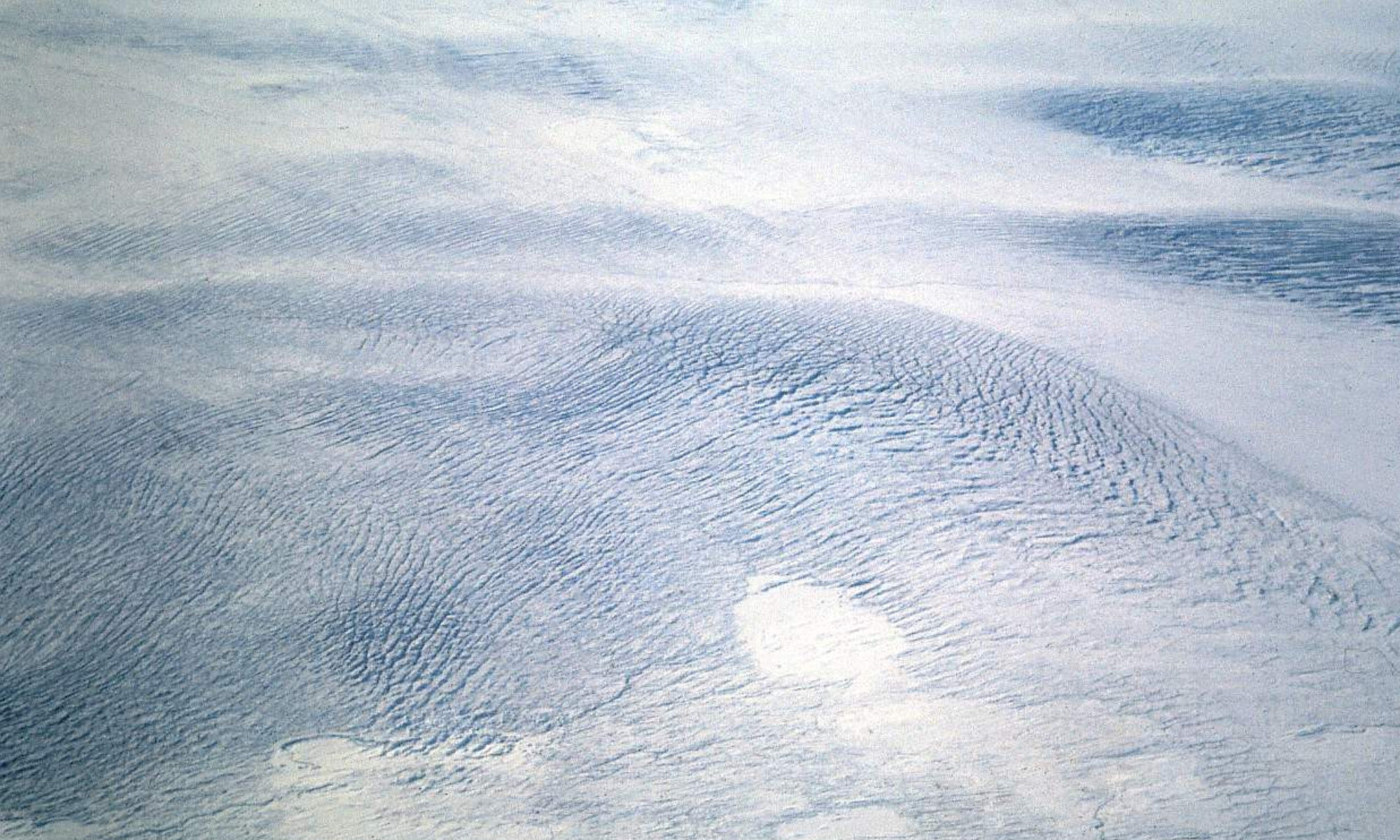Journey Report of Sledge India to Shambles Glacier Accident Site – Mark Lewis
Objectives: To Uplift and Return to Rothera all the Removable Equipment Remaining at the Shambles Glacier Accident Site
Personnel: Mark Lewis (BC), Vic August (Electrcian)
Equipment: Two Alpine Skidoos, Full Sledging Unit, Low Loader Sledge for Skidoo Recovery
Days in the Field: 7
Days Work/Travel: 4
DIARY OF EVENTS
Tuesday 1st Sept. Departed Rothera at 1900 GMT with the weather improving and wind abating, arriving McCallum Pass at 2010 GMT. A short reconnaissance was made over the Pass onto the Shambles Glacier, the accident site was located. Returned and established camp at the top of McCallum Pass.
Wednesday 2nd. Inclement weather prevented any travel.
Thursday 3rd Weather again unsuitable to visit the site.
Friday 4th Weather, contrast and visibility were perfect, prepared and departed at 1200 GMT. A safe route was established to the site and this was marked with flags. The site was probed and crevasses located were also marked with flags. The two skidoos on the surface were dug out and moved to safe ground. A search to locate the sledge that was in the vicinity of the skidoos proved unsuccessful. The tent was then dug out, it was partially collapsed and had drifted to within four feet of the apex. The sledge boxes associated with the tent were also located. The second sledge which was in near proximity to the tent could not be found despite much digging. With the remaining hours of daylight we transported the two Skidoos, tent and other equipment to our camp at McCallum Pass arriving at 2100 GMT. A further discussion with Rothera that evening gave a better indication as to the location of the two sledges.
Saturday 5th The weather was overcast but contrast and visibility were both good. Returned to the site following the flagged route arriving at 1400 GMT. Located and brought to the surface the sledge that was with the tent. Further searching by means of digging and probing again failed to locate the other sledge. This sledge contained mainly empty jerry cans and had not been attached to a skidoo, as the rope had been removed at the time of the accident. This further probing only located more crevasses whose bridges were weakening and starting to collapse. For reasons of safety we abandoned the possibility of locating this sledge.
The equipment in the crevasse at which the accident had occurred was considered irrecoverable. This consisted of one sledge at considerable depth and one skidoo which was jammed between the crevasse walls at a depth of approximately 80 feet and had incurred considerable damage.
Having recovered as much of the equipment as was possible. we abandoned the site retrieving all marker flags and poles on return to our camp.
Sunday 6th Weather poor initially but cleared by mid-afternoon, enabling us to ferry most of the recovered equipment to Rothera airstrip.
Monday 7th Packed and departed for Rothera in perfect weather arriving at noon. Equipment deposited at the airstrip the previous day was returned in the afternoon.
Conclusion
Upon our final departure the area was left with no evidence of any equipment visible. The equipment removed included two skidoos which were both in good condition, one sledge with basic living unit, although the tent was damaged.
I would like to thank Vic whose knowledge of the area and experience proved invaluable.
Mark. P.D. Lewis – Winter B/C Rothera 1981
D.D.W. Fletcher
